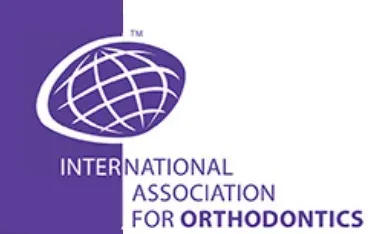March’s Tip

Peripherals in Straight Wire System Back to Basics Part XIII Closing Coil Spring
By Dr. Adrian J. Palencar, MUDr, MAGD, IBO, FADI, FPFA, FICD
March 2023
Closing coil spring is exerting a contracting force that draws the teeth together. It is available in Stainless steel or Nitanium. Nitanium Closing coil spring is fabricated from Nickel Titanium that is designed to close the space with consistent and predictable results. They are available in 200 grams and 300 grams of force, a .010 x .030 and length 9, 12, 14, 16, and 18 mm. The lesser force (200 grams) and length (9 and 12 mm) is used for intra-arch application. Corollary, the larger force, and the longer length is used for inter-arch application for patients not complying with the elastic wear. Of course, in such case, the Closing coil spring must be permanently ligature tied. So far, the author has experience only with intra-arch application of the Closing coil spring.
The Closing coil spring is superior to the Elastomeric chain, as the degradation is only 8% – 20% in 28 days, while Elastomeric chain degradation is 70% in 21 days.
The Closing coil spring has two eyelets to facilitate the insertion. The following are the most common applications:
- From the hook on the molar to the power arm on the bracket
- From the hook on the molar to the post or loop on the arch wire
- From the power arm on the bracket to the power arm on the other bracket
- From the hook on the molar, or the power arm on the bracket to the TAD (mini- screw)
It is paramount to titrate the applied force with the help of the Gram gauge. The author suggests keeping the force around 100 grams. Threshold force is 32 grams in PSL bracket, which is most conductive to bone remodeling (Dr. Lipskis). However, one must consider the friction and binding in Twin (Siamese) brackets.

References:
- Padmajar V. A et al., American Journal of Orthodontics and Dentofacial Orthopedics; Force Degradation of Closing Coil Springs: An in Vitro Evaluation, 1992, 102 – 2; 127 – 133
- Ortho Organizers Catalogue, G 39
- Pavanukumar J. V., Case Reports in Dentistry, Open Coil Retraction Spring, August 2011
- Rondeau Seminars Level I, Session 2
- Palencar A. J., Personal PP presentations
